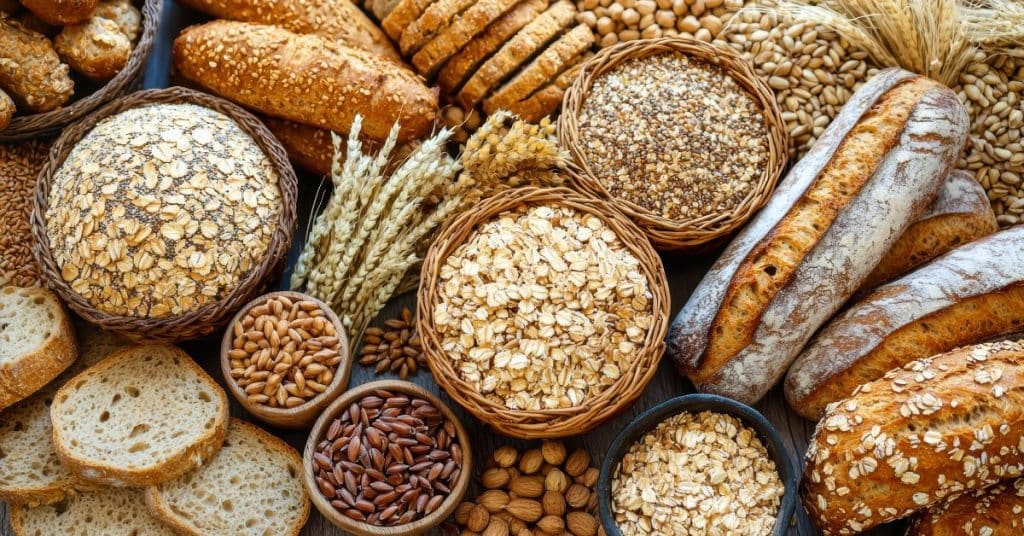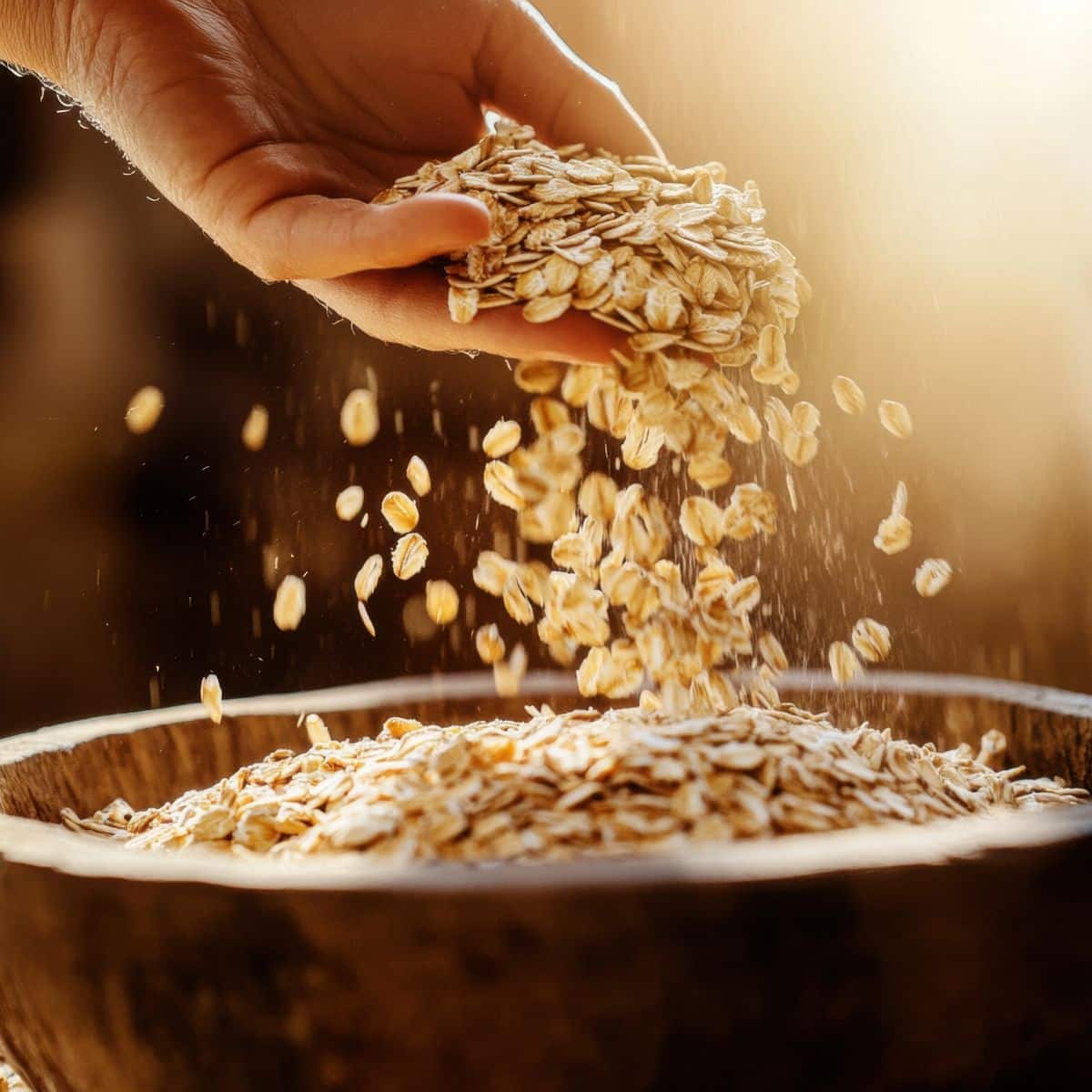

Which is the greater threat to our understanding and application of nutrition: reductionism or simplistic thinking?
The reductionist, seeking to understand the whole by isolating and mastering its constituents—the nutrients and nutrient-like substances in food, the complex biological pathways involved in digestion, individual chemical reactions, and more—serves a valuable role. However, unchecked reductionism can mislead. The reductionist researcher might spend a lifetime investigating a single nutrient’s effects on a single process related to a single disease outcome, but this does not reflect how nutrition works in our lives: we consume countless nutrients and nutrient-like substances all the time, and they constantly interact with each other to affect countless health and disease outcomes. To try to disentangle this web and focus on a single interaction might yield interesting findings and be useful in a limited sense, but only in a limited sense. What’s needed is a concurrent focus on the bigger picture. What’s needed is balance.
Learn more about reductionism and its counterbalance, wholism:
At the other end of the spectrum, many are guilty of neglecting, if not completely erasing, nutrition’s nuances. For examples of this neglect, which will be the greater focus of this article, we need only look at the discourse surrounding the macronutrients, fat, protein, and carbohydrates. Phrases and headlines like Eat Butter, famously featured on the cover of Time (or the simplistic distinction between good fats versus bad fats); questions like Where do you get your protein?; fad diets that vilify carbs—all of these illustrate how rudimentary much of the thinking about nutrition has become.
Squeezed between these two extremes are epidemic levels of nutrition miscomprehension and a thriving market for bad actors to rack up record profits. The market for weight loss, health, and nutrition products was worth more than one trillion dollars in 2023.[1] Revenue growth in the dietary supplements industry specifically has skyrocketed in recent decades, from four billion dollars in 1994 to 70 billion today, and that growth is likely to accelerate as chronic health conditions abound and the FDA’s regulation of supplements is curtailed even more than in past years.[2] (Learn more about how regulatory policies affecting the supplement industry favor profit and power.)
Carbohydrates provide a great case study for how useless much of the nutrition discourse has become. As the target of numerous popular diets, carbohydrates are always a hot topic. You know the diets we are talking about: whether it’s Atkins, Paleo, or—more recently and extremely—the carnivore diet, the tradition of high-fat diets labeling carbohydrates as dangerous is long and rich.
Lost in this noise, almost as if by design, is a basic understanding of carbohydrates, the functions they serve, and the many factors determining their health effects.
Carbohydrates fuel the body. They can be broken down into roughly three categories: fiber, starches, and sugars. Complex carbohydrates are fiber and starches, and simple carbohydrates are sugars. It might be tempting to think of complex versus simple carbohydrates as good or bad, respectively, but that supposed dichotomy does a disservice to our understanding of the subject because (1) each category contains multiple types (e.g., insoluble versus soluble fiber, rapidly digestible versus resistant starch, glucose versus fructose, and more), (2) they are structurally intertwined in the whole-food context (e.g., starches are composed of glucose), and, consequently, (3) their effects depend on the total food package.
In the minds of many people, carbs primarily means pasta and bread. This ignores the many differences between various types of pasta and bread; it also ignores the countless other carbohydrate-rich foods, some of which are healthy and some of which are not. To take this oversimplification to its most extreme end, some individuals are so eager to avoid carbs that they will pay ten bucks for a package of “Paleo” wraps while neglecting many of the richest nutrient sources.

The food group most commonly associated with carbs is grains; like I said above, the first thing that comes to many people’s minds is pasta and bread. But not all grains, or grain-containing foods, are created equal.
Several key differences make whole grains a healthier choice, including differences in how they are digested. The presence or absence of fiber may be the most critical difference of them all. Fiber is the indigestible carbohydrate that plays a key role in digestion and overall gut health, regulating blood sugar, satiation (the feeling of fullness), and much more. It is contained in whole plant foods, including whole grains, but is not found in animal products. It’s also something the average American severely underconsumes. According to one recent study, less than 10 percent of US adults consume adequate fiber.[3] Research has linked high fiber consumption with numerous favorable health outcomes; conversely, fiber deficiency contributes significantly to the global disease burden.[4] So the next time someone tells you carbs will make you diabetic, maybe ask, Which carbs?
Classic examples of whole grains are oats, quinoa, brown rice, and wheat berries (plus whole wheat products made from milling wheat berries). Refined grains are processed by removing parts of the whole—the bran and the germ—leaving only the endosperm and a fraction of the nutritional whole behind.[5] Examples include white rice and white flour, a principal ingredient in most highly processed baked goods, white pasta, and many unhealthy snack foods.
As with whole grains versus refined grains, not all carbohydrate-containing foods are the same, or even similar at all. This should be obvious. Consider the difference between cherries and jelly beans produced by the Jelly Belly Candy Company.[6][7]
| Jelly Beans (100 grams) | Cherries (100 grams) | |
|---|---|---|
| Energy | 357 kCal | 63 kcal |
| Protein | 0 g | 1.06 g |
| Fat | 0 g | 0.2 g |
| Total Carbohydrate | 89.3 g | 16 g |
| Total Sugars | 67.9 g | 12.8 g |
| Fiber | 0 g | 2.1 g |
Although the total carbohydrate content of the cherries is much lower than that of the jelly beans, the cherries are undoubtedly a high-carb food as measured by the percentage of total energy intake. In other words, carbohydrates make up most of the caloric heft of the cherries. Critically, however, water (and some fiber) make up a much larger part of the whole—around 85 percent of the cherries, by weight—hence the far lower energy density. You might say this is how nature intends for us to consume our simple sugars. Also critical and unaccounted for in the table above are the additional beneficial compounds found in the cherries, including numerous minerals, vitamins, and polyphenols with antioxidant and anti-inflammatory qualities.[8]
The jelly beans, on the other hand, combine high concentrations of sugar and corn syrup with modified corn starch, citric acid, artificial flavors, blue 1 dye, and a few other ingredients. What do they have in common with nature’s candy—fruit? Either could be described as high-carb. Either could be enjoyed as a sweet treat. That’s pretty much it.
Now, consider the even more drastic differences between a jelly bean and a potato, or a jelly bean and a genuine bean (a garbanzo bean, for example), or a jelly bean and collard greens. To lump all of these together in the same category of “evil carbs” is so obviously missing the mark that it can only reflect either a terrible misunderstanding of basic nutrition or a stubbornly willful deception.
Learn more about fruit in these relevant resources:
An overly simplistic view of carbohydrates complements a misinterpretation of the research regarding fat and protein. Together, this raft of misunderstandings can be used to justify eating fewer of the foods many people don’t like (whole plant foods) and more animal products. These perspectives also assist the supplement industry, because when we don’t eat enough of the healthiest foods, like quinoa, cherries, and collards, we surely increase the likelihood of developing nutrient deficiencies. There is even a large industry hyperfocused on helping you replace these healthy whole foods with supplements.
The data on diet quality in the US and our ability to accurately assess that diet quality suggest that most people are living in a fantasy world and would benefit from focusing on the basics, including eating more high-quality carbohydrate-rich foods.[9]
Copyright 2025 Center for Nutrition Studies. All rights reserved.